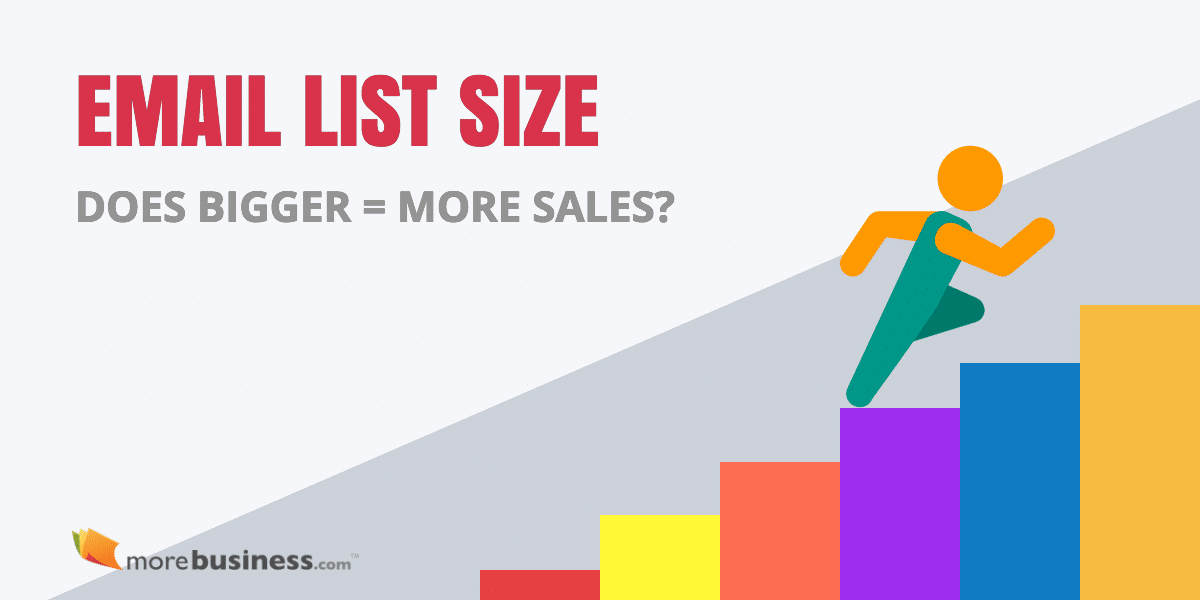As a small business, you might be tempted to think that the bigger your email list size, the better your chances of getting more business with email marketing. The truth is that email list size is nowhere near as important as email list engagement.
Here are two examples of large and small email list sizes and the results:
Small Email List Size
One of our clients had a small email list of about 150 people who he had met over the years at networking events. He provided IT support services and these people were not his clients. When a major IT security threat became known, he sent an email message to them explaining what the threat was, what it meant and how to counter it.
Within 1 week he closed $5000 in new project business from 5 people who contacted him after getting that email. Within 1 month, 3 of those 5 turned into recurring revenue clients to the tune of $75,000/year ($25k/yr each). His average customer contract is 3 years with at least one 1 renewal.
This means with that single email, he generated $300,000 of customer lifetime revenue.
He did this with a high quality IT blog article that educated his readers rather than sell to them.
Bigger Email List Size
Another client insistent on growing their list bigger and bigger, without any regard to list quality or engagement. They grew it to over 80,000 subscribers and were adding new contacts regularly.
However, the content they sent was not relevant to all subscribers. Rather than segment their list into interests, they kept emailing the entire list the same content.
As a result, people unsubscribed – and worse, they filed spam complaints even after they had opted-in to be on the list!
They refused to purge inactive list members from their list. This meant that more of their email started going into people’s spam folder because they had very little engagement.
This meant that people who were actually opening and clicking started to see those emails in their spam folder, too.
Email List Size Lessons Learned
ISPs monitor engagement by seeing how many people open your messages compared to how many you send. This is known as the email open rate.
They also look at how many people click your message once they open it, known as the click-to-open-rate (CTOR). The CTOR is one of the best metrics to determine engagement because it tells you whether your active list members are taking action on your emails. Low open, click and CTOR metrics means your emails will start to go into the spam folder or possibly get blocked altogether.
Regardless of your email list size, you should make a habit of doing the following tasks regularly to keep your list members engaged.
- Segment your list and send relevant content.
- Monitor engagement and remove people who don’t engage after a period of time.
- Purge your email list every 12, 24 or 36 months, depending on the type of content and frequency of sending.
Read our other email marketing tips to learn the best practices for your business.










